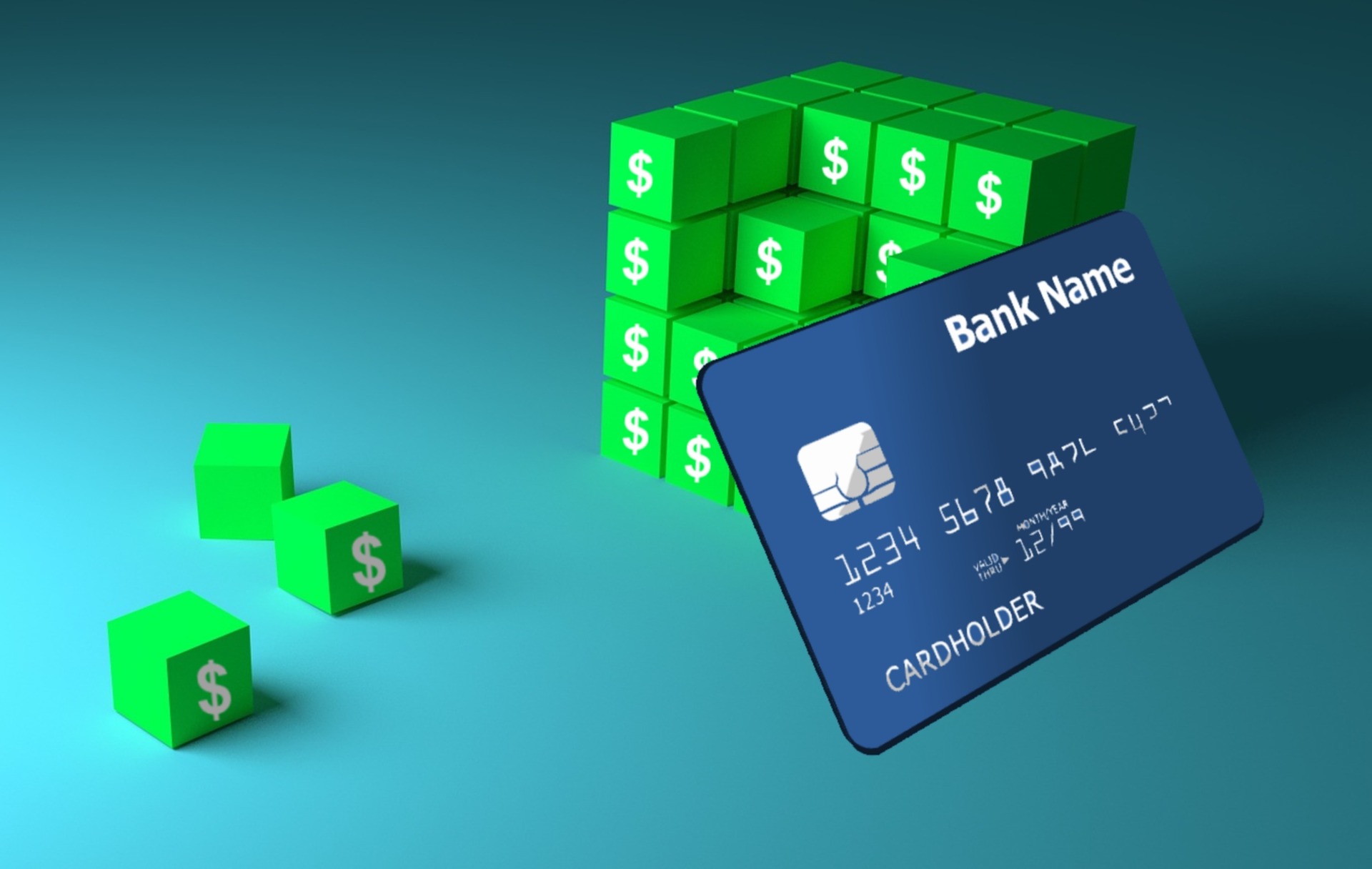Individuals working to improve their credit scores need to understand how the score is calculated. There are many misconceptions about what factors do and do not contribute to this score. Dedicating time and energy to address issues that will not even affect one’s score is a waste of effort.
Fortunately, when individuals understand the approximate breakdown of the score, they can often identify the components that are hurting their scores the most. From there, they can create a targeted plan for improvement in the months and years to come. Because one’s credit score can impact everything from one’s ability to rent an apartment to getting a favorable interest rate when borrowing money, it is important to maximize the rating.
While many different entities track consumer credit history and creditworthiness, one of the most utilized forms is known as a FICO score. While scores may vary slightly between these services, the differences should not be significant. If that is the case, an error is likely responsible.
Credit scores range from 300 to 850 at the three most utilized ratings bureaus, with higher numbers representing increased levels of creditworthiness. Ratings bureaus do not release the exact formulae they use to calculate credit scores. However, the elements that contribute to the credit score include:
-
New Credit
About 10 percent of someone’s FICO score comes from the number of new accounts on the credit record. Compilers look for both the number of applications submitted for credit recently as well as the accounts that were actually opened. This component of the score makes the assumption that people opening a number of new accounts pose a greater risk for creditors. This is because they may not have the money necessary to pay all these accounts or, conversely, could be experiencing cash flow issues.
Mortgage lenders may pay particular attention to new credit, since opening new lines of credit can limit the amount of money that person can afford to pay toward a mortgage each month. Individuals should keep track of the accounts they open and avoid seeking new credit when they need to pull on a positive history, such as for the purchase of a home or vehicle.

-
Length of Credit History
The length of one’s credit history contributes 15 percent toward the overall FICO score. This part of the score depends on when someone started using credit as well as the age of the oldest account. Individuals have little control over this part of their score, and a short history will not hurt the score too much provided that the history is mostly good.
However, there are some things people can do to improve this aspect of their scores. For example, people can begin using credit responsibly at a young age, even if they do not need it. Opening and using a credit card during college can be a great way to establish a positive history. Additionally, keeping one’s oldest account open can be helpful.
-
Types of Credit
Another category that compilers consider is the type of credit in use. Type of credit represents 10 percent of the overall score. In general, scores are higher when people have different types of credit, such as installment loans and mortgages, as well as revolving accounts like store accounts and credit cards.
Credit compilers will also look at the overall number of accounts open. In general, individuals should avoid opening new accounts just to diversify credit as it could have more of a negative than a positive effect. Often, credit becomes diversified over time fairly naturally.
-
Amount Owed
One of the most important aspects of a credit score is outstanding balances, or total amount owed. In fact, this number accounts for 30 percent of the total score. Several different considerations go into this part of the score. Compilers will look at the total available credit and calculate the total amount owed as a percent of that amount.
As a general rule, using a lower percentage of one’s credit is better than using a higher percentage, and owing a small amount is actually better than owing nothing. For loans, compilers look at the amount still owed as a fraction of the total amount borrowed. Diversity of credit also factors into this part of the overall score, since lenders like to see debtors faithfully pay different kinds of accounts.

-
Payment History
The most important part of the credit score comes from payment history, which accounts for 35 percent of the total score. Payment history depends on paying one’s bills on time. When individuals are late, the amount of time that passes before payment is rendered also has an effect. A bill paid a month late looks better than a bill paid three months later. A bill that goes to collections can have a devastating impact on a score.
This component of the score also accounts for charge offs, debt settlements, foreclosures, and wage garnishment. While all of these issues will significantly affect a score, individuals should understand that they will all eventually be removed from the credit history, providing a clean slate.
What Is Not Included?
When it comes to one’s credit score, people also need to understand what does not contribute to the final number. As a general rule, nothing can be used to calculate a score unless it appears on a credit report. To that end, engaging with credit counseling programs, child and family support obligations, receipt of public assistance, and overall income have no effect on a score.
Additionally, while lenders often look at employment history and occupation, a FICO score does not reflect this information. Also, simple demographics like location, age, race, nationality, and marital status have no bearing on one’s credit score.

